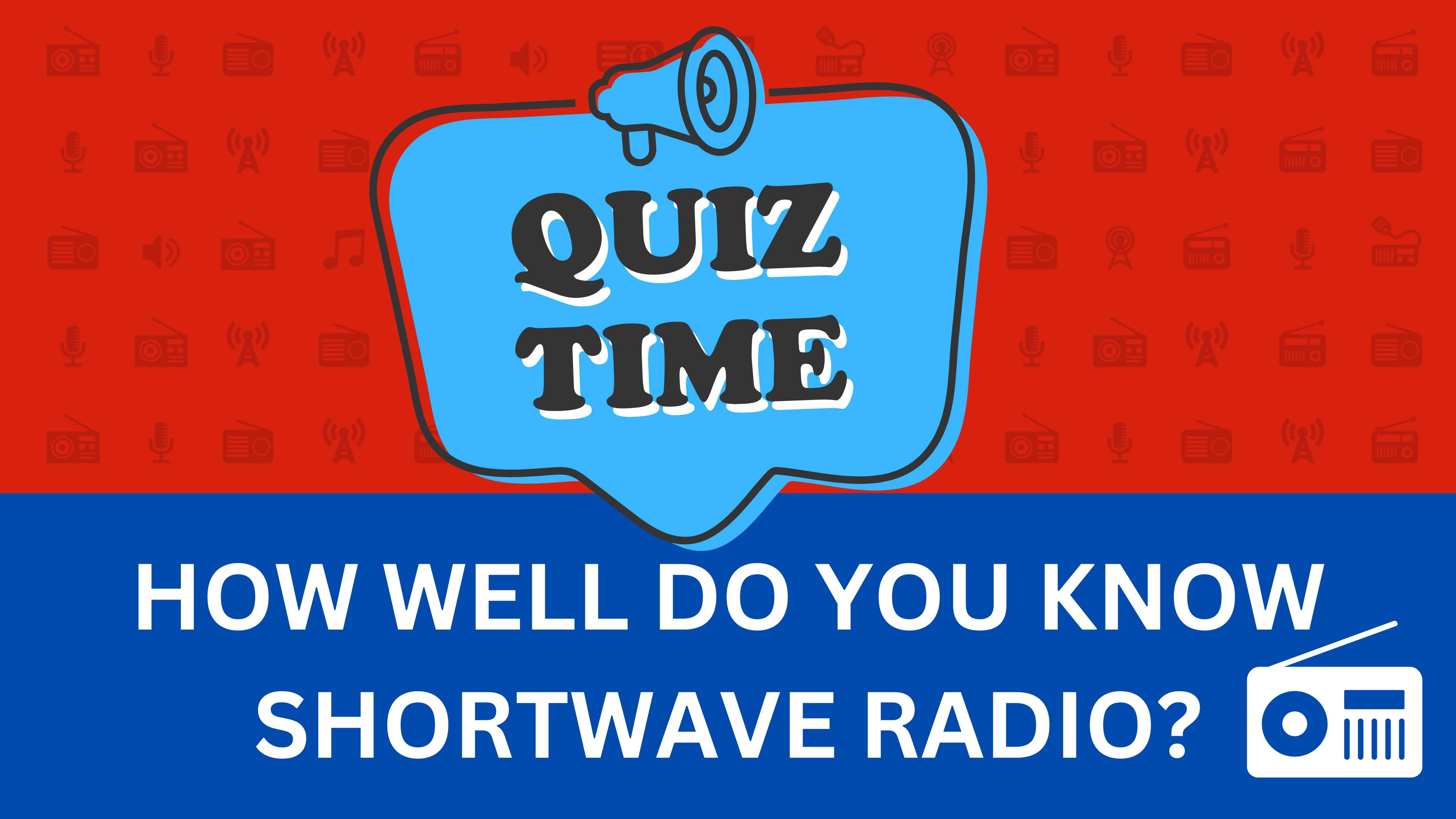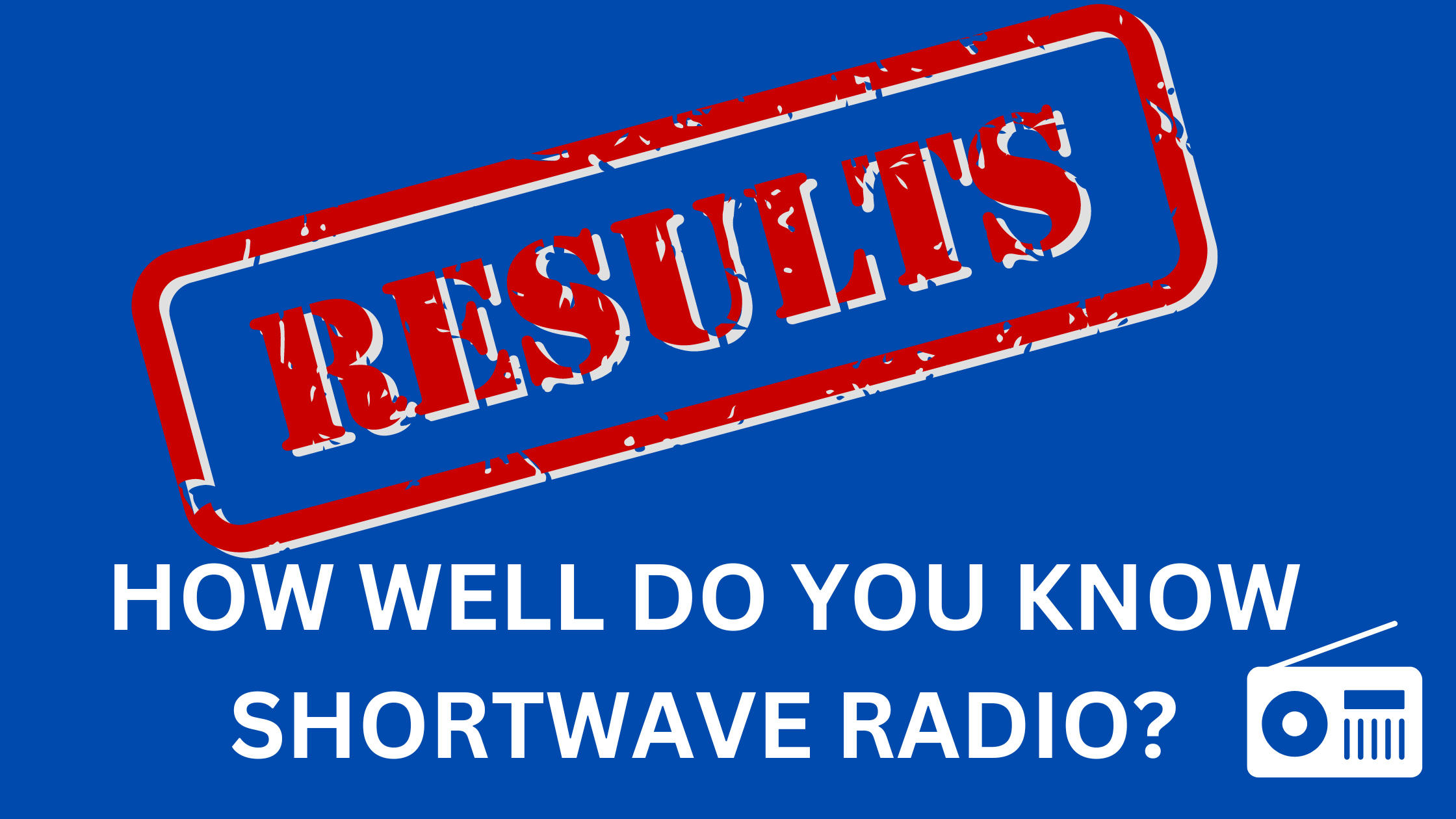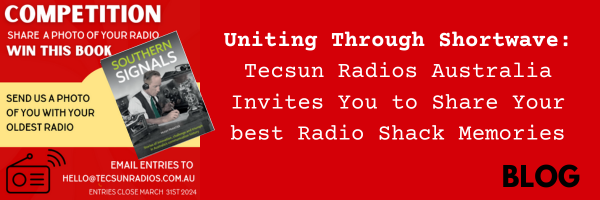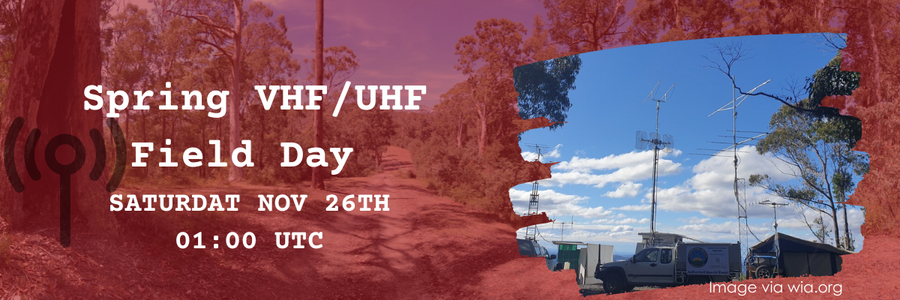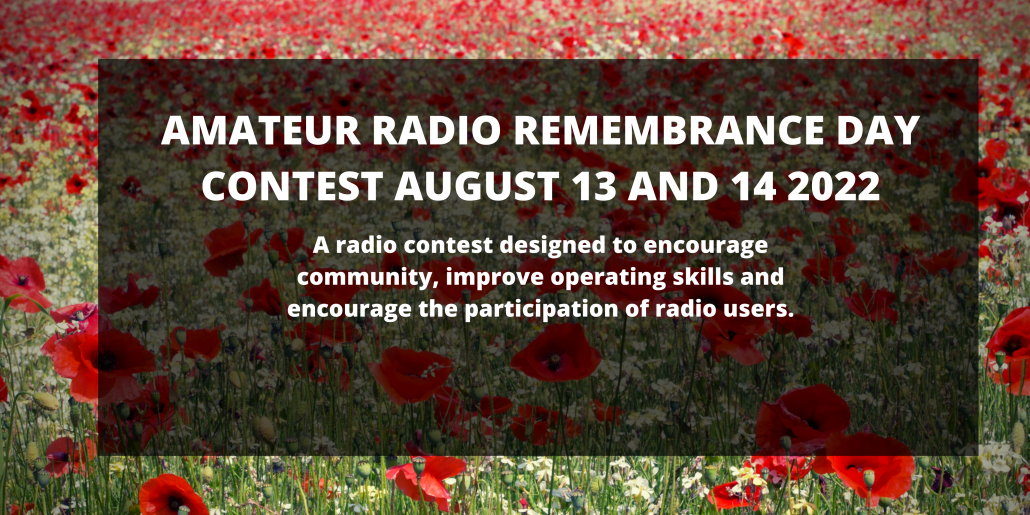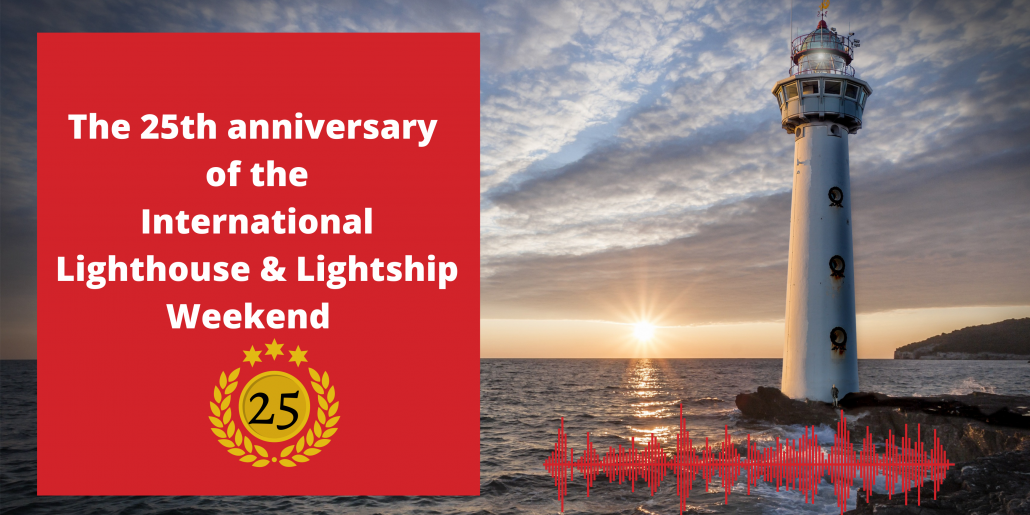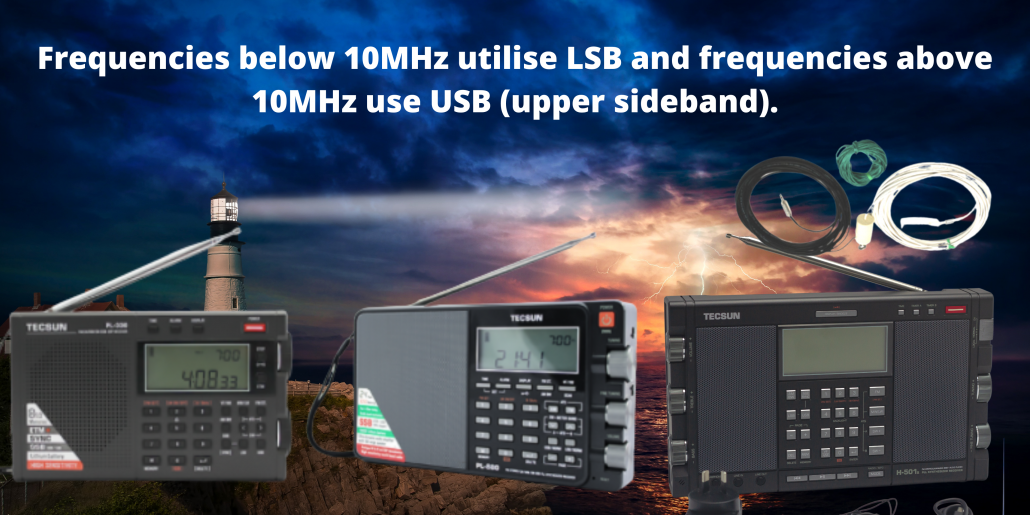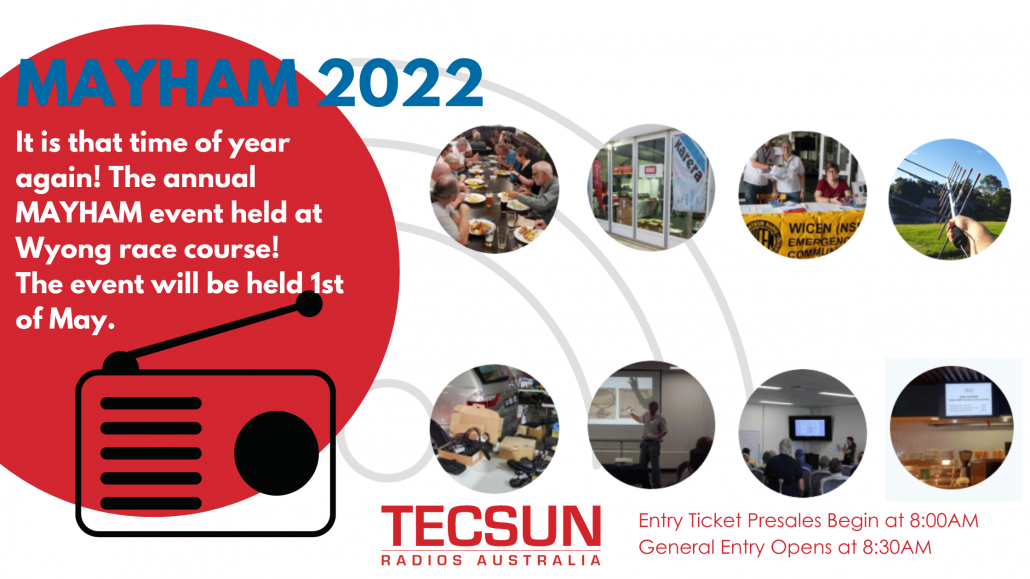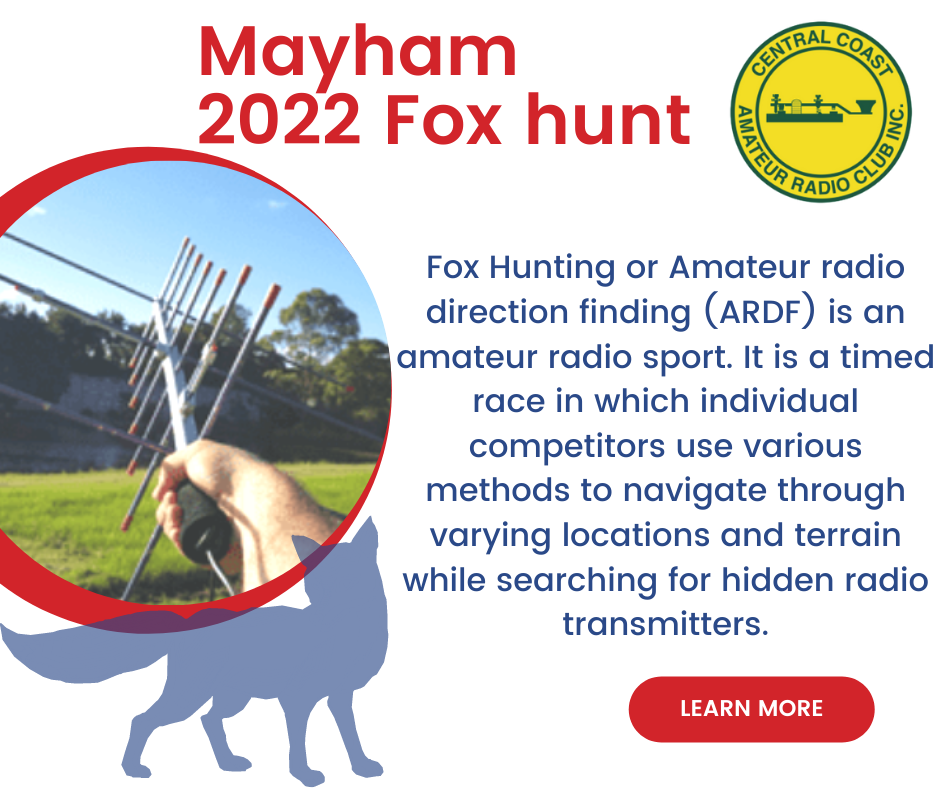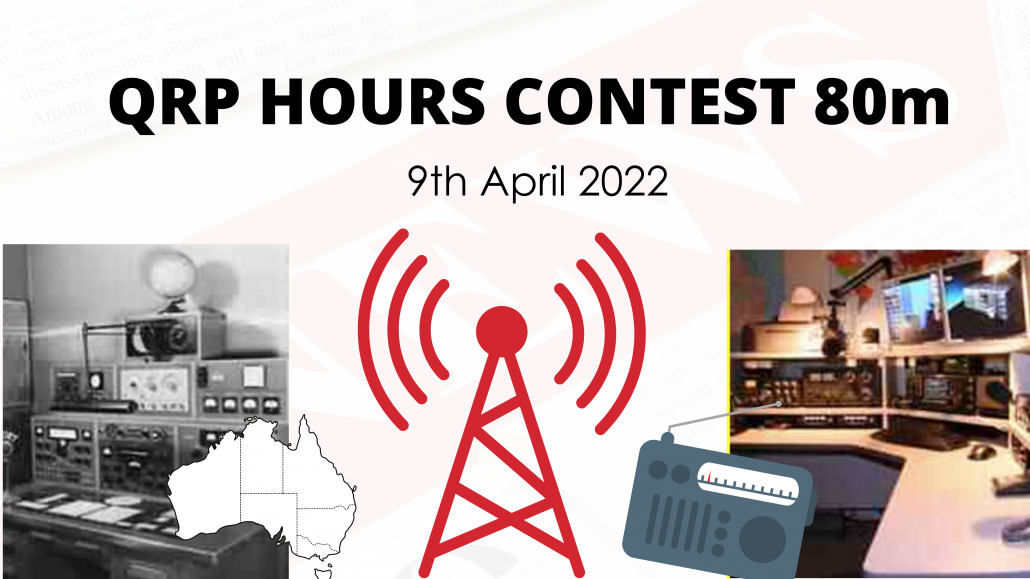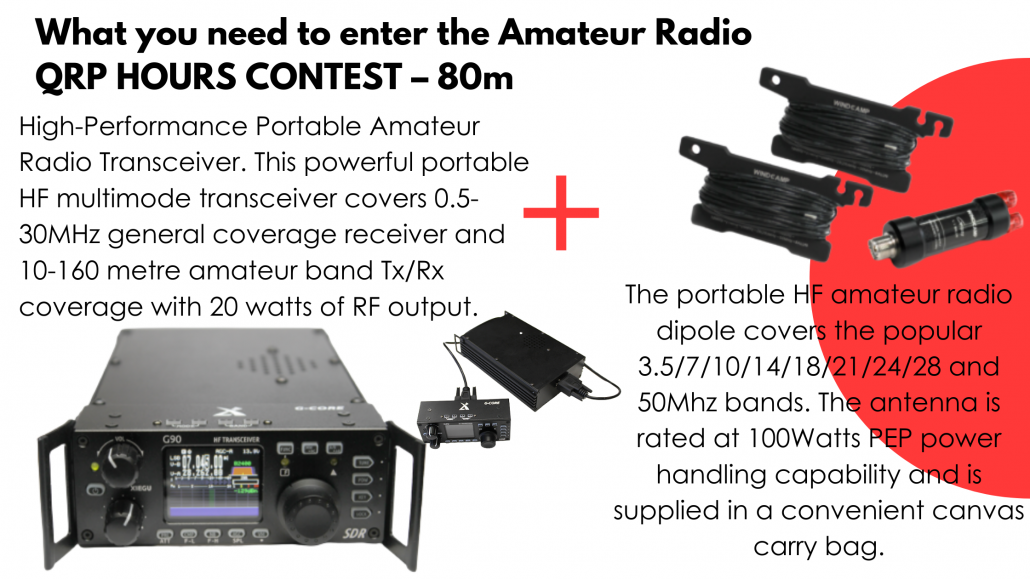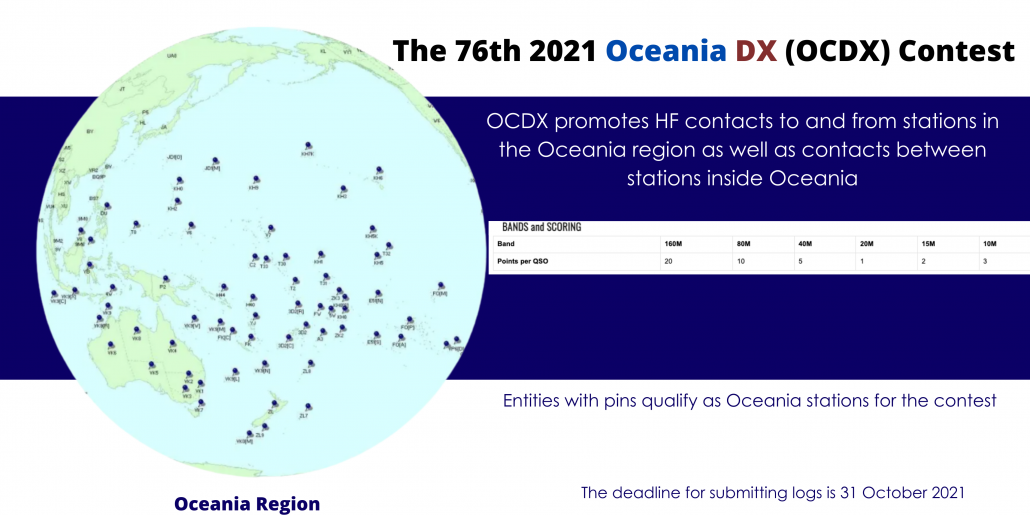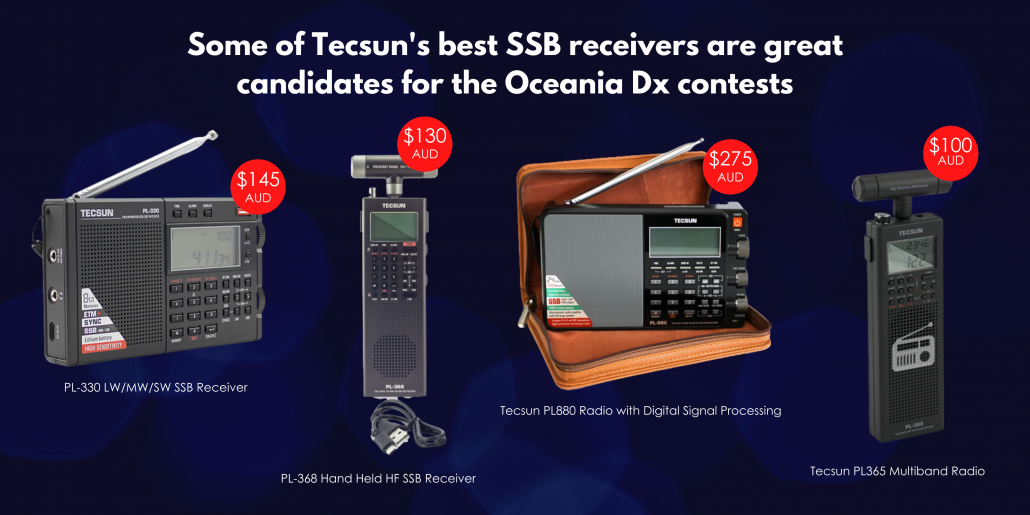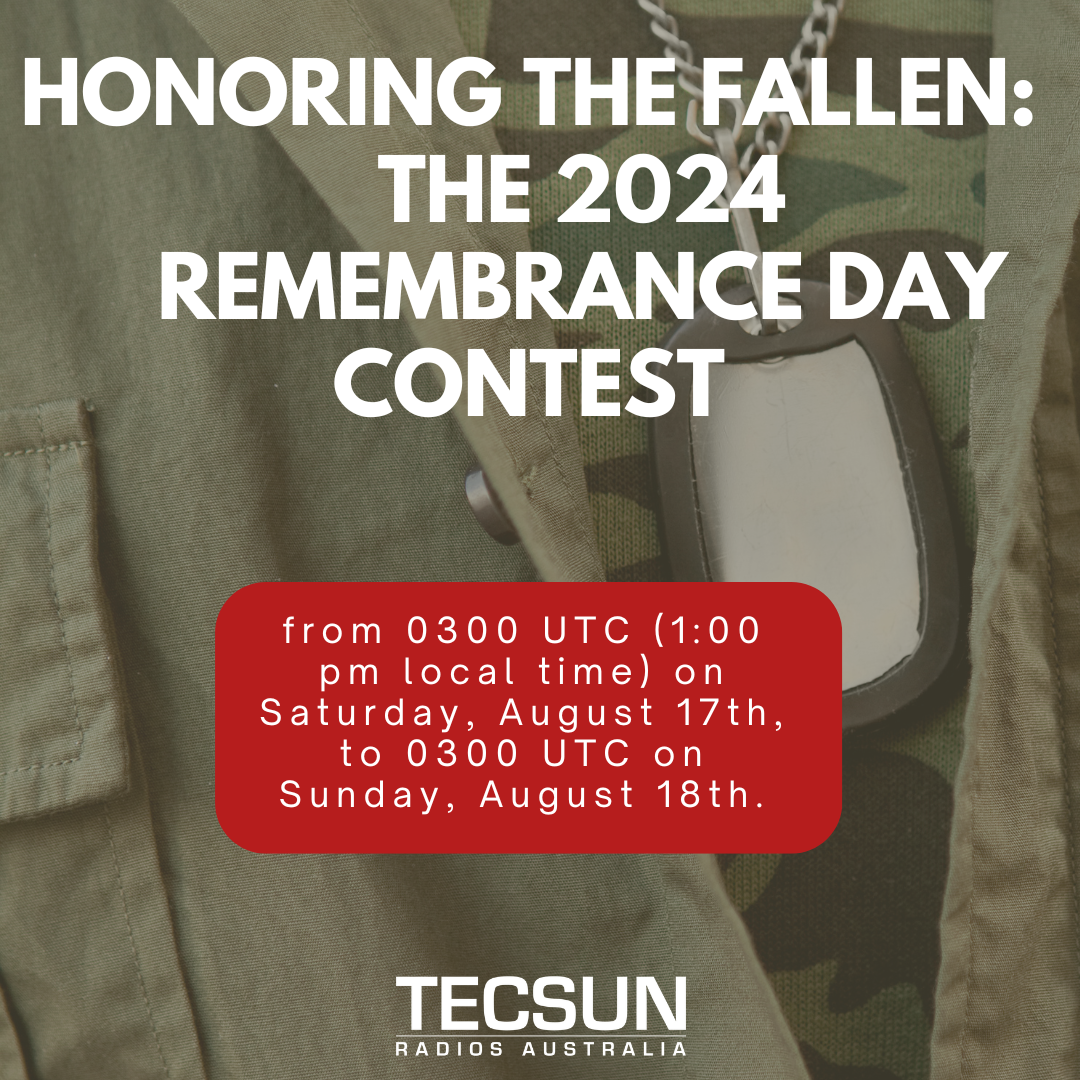
The Remembrance Day (RD) Contest is more than just a radio contest—it’s a tribute to the brave radio amateurs who made the ultimate sacrifice during World War II. This annual event, held on the weekend closest to August 15th, marks the cessation of hostilities in the South West Pacific in 1945. The 2024 contest will take place from 0300 UTC (1:00 pm local time) on Saturday, August 17th, to 0300 UTC on Sunday, August 18th.
A Brief History of the Remembrance Day Contest
The Remembrance Day Contest has a long and storied history, beginning shortly after World War II. Originally conceived as a way to honour the amateur radio operators who lost their lives during the war, the contest has since evolved into a tradition that fosters camaraderie among radio enthusiasts while preserving the memory of those who served.
The event was established by the Wireless Institute of Australia (WIA), the oldest national amateur radio society in the world, founded in 1910. The WIA wanted to create a meaningful way to remember the contributions of amateur radio operators who played crucial roles in wartime communications. These operators provided vital communication links, especially in the South West Pacific, where conventional communication methods were often unreliable or non-existent.
Each year, the contest brings together amateur radio operators from Australia, New Zealand, and Papua New Guinea, along with many others from around the world. Participants engage in friendly competition, aiming to improve their operating skills and make as many contacts as possible on various frequency bands.
Contest Details and Participation
The RD Contest is designed to encourage participation from all levels of amateur radio enthusiasts. The aim is to contact stations in VK call areas (Australia), ZL (New Zealand), and P29 (Papua New Guinea) across all bands, excluding the WARC bands (10, 18, and 24 MHz) as per International Amateur Radio Union (IARU) agreement. Permitted modes include PHONE, CW, and RTTY, reflecting the communication methods of the era being remembered.
For this year’s event, HF SSB voice transmissions are to be made within the following frequency ranges:
- 1843-1875 kHz
- 3535-3570 kHz and 3600-3700 kHz
- 7080-7300 kHz
- 14112-14300 kHz
- 21150-21450 kHz
- 28300-29100 kHz
The contest provides an excellent opportunity for shortwave listeners to test their equipment and hone their shortwave receiving skills. This event is not just about competition; it’s about improving technical abilities, making connections, and remembering those who paved the way for today’s amateur radio community.
The Men Behind the Contest: A Roll of Honor
The Remembrance Day Contest also serves as a poignant reminder of the individuals who paid the ultimate price during World War II. The following is a roll of honour of WIA members who sacrificed their lives:
Royal Australian Navy
- J.E. Mann VK3IE
- A.H.G. Rippen VK6GR
Australian Military Forces
- C.D. Roberts VK2JV
- J.D. Morris VK3DQ
- J. McCandlish VK3HN
- S.W. Jones VK3SF
- D.A. Laws VK4DR
- J.G. Phillips VK5BW
- K.S. Anderson VK6KS
Royal Australian Air Force
- F.W.S. Easton VK2BQ
- V.J.E. Jarvis VK2VJ
- W. Abbott VK2YK
- G.C. Curle VK2AJB
- T. Stephens VK3GO
- M.D. Orr VK3OR
- J.F. Colthrop VK3PL
- J.A. Burrage VK3UW
- J.E. Snadden VK3VE
- F.J. Starr VK4FS
- R. Allen VK4PR
- C.A. Ives VK5AF
- B. James VK5BL
- J.E. Goddard VK6JG
- P.P. Paterson VK6PP
Merchant Marine
- N.E. Gunter VK3NG
A Moment of Silence
As a mark of respect, all participating stations are asked to observe 15 minutes of silence before the start of the contest. During this time, the opening ceremony will be broadcast, setting the tone for a respectful and solemn competition.
Conclusion
The Remembrance Day Contest is a unique event that combines the thrill of amateur radio with the solemn duty of remembrance. It’s an opportunity for radio enthusiasts to connect, share their passion, and honour the memory of those who served and sacrificed. Whether you’re a seasoned operator or a newcomer to the world of amateur radio, the RD Contest offers a meaningful way to test your skills and pay tribute to history.
Credit: This blog is inspired by the historical significance of the Remembrance Day Contest, honouring the sacrifices of radio amateurs during World War II.



